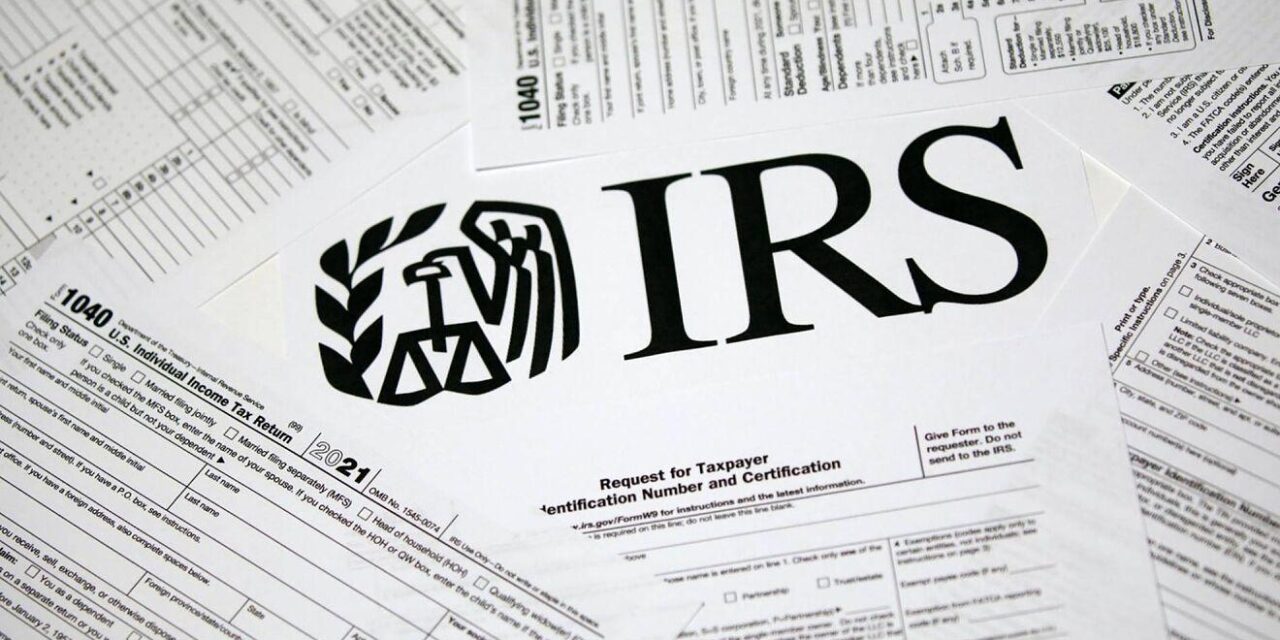What is a PFIC Investment – Passive Foreign Investment Company
In this article, I’ll review the rules around PFIC investments and the Passive Foreign Investment Company statutes. Here’s everything you need to know about passive income in an offshore corporation.
First let me define a few terms around PFIC.
Passive Income: Income from interest, dividends, annuities, capital gains, and most rents and royalties.
Passive Foreign Investment Company: An offshore company used primarily to hold passive investments rather than to operate an active business. The two tests to determine if a corporation or LLC is a Passive Foreign Investment Company are:
- Any foreign company where 75% of it’s is passive is a PFIC, and
- Any foreign company where 50% or more of its assets are assets that produce passive income is a PFIC
PFIC Investment: A passive investment within a Passive Foreign Investment Company. Also, any investment in a foreign mutual fund, or in a corporation treated as a PFIC is a PFIC investment. Buying stock in company generating passive income, and not operating an active business, can be a PFIC investment.
Second, here are the consequences of investing in a PFIC.
I’ll start with a little commentary in saying that these punitive PFIC rules are a form of capital control imposed on Americans who want to invest offshore. The IRS is charging you a penalty for investing offshore. And, god forbid you make a mistake in reporting your offshore account. The penalties will be swift and severe.
These PFIC penalties where the brainchild of the U.S. mutual fund industry… not a political conspiracy. The industry didn’t want to compete with the better products available abroad, so they paid lobbyists and Congress to invent the PFIC. But, the result is the same as if the Illuminati were imposing capital control on average Americans.
As for the reporting, the IRS estimates it taxes up to 30 hours of work to complete Form 8621, which must be filed each year for each PFIC investment. Add to this forms for the corporation, foreign asset statement, FBAR, and maybe a trust, and you’re over 200 hours to report your offshore investment.
And most of these forms are required no matter the size of your investment and regardless of whether you made a profit. Having a single PFIC investment of $100 inside of an offshore corporation will trigger multiple filing obligations and cost a couple thousand in tax prep should you decide to hire a professional.
This, and the fact that the penalty for getting it wrong on that $100 investment is over $10,000 per year, and you see that average American’s can afford to go offshore. This effectively locks them and their cash in the United States.
All of this negativity and I haven’t even gotten to the PFIC penalties yet. Here they are:
Penalty 1: When you receive a dividend or sell a PFIC share, you must prorate the investment over your holding period and pay an interest charge in addition to the tax.
That’s right, where passive investments in the United States are taxed when sold, those same investments offshore pay tax for each year they are held plus an interest penalty. The purpose of the interest charge is to treat the gain as if it were earned and taxed each year over the holding period.
For example, let’s say you buy a PFIC investment in 2017. You hold it for 3 years and sell it for a gain of $300,000 in 2019. When you file your 2019 return, you’ll need to split the investment over the holding period and pay tax on it as if ⅓ was sold in 2017, ⅓ in 2018 and ⅓ in 2019. That is to say, report $100,000 in gains for each year, plus pay interest on the gains made in 2017 and 2018 (because you reported them “late.”)
Penalty 2: Capital gains from PFIC investments are taxed at the highest ordinary income rate plus the interest charge. Long term capital gains rates are NOT available.
While long term capital gains are taxed by the Feds at 20% to 23.8% (including Obamacare taxes as applicable), the top ordinary income rate is 39.6%. When you add up penalties 1 and 2, the tax and interest penalties for investing offshore can eat up 70% or more of your gain.
Penalty 3: Capital losses on PFIC investments can’t be used to offset capital gains on domestic investments.
While U.S. passive gains and losses offset each other, you can’t reduce your U.S. capital gains with offshore capital losses from PFIC investments. This means your offshore investments MUST turn a profit, or the penalties for going offshore will be severe.
Here are a few exceptions to the PFIC investment penalties…
You can opt out of the PFIC Investment rules with an LLC. If you form an offshore LLC and then make an election to be classified as a disregarded entity or partnership, you will not be considered a PFIC. Only a foreign entity with the ability to retain earnings, such as a corporation or an LLC treated as a corporation, is classified as a PFIC.
In most cases, the PFIC rules do not apply to investments of less than $25,000 (single) or $50,000 (joint).
- My example above of a $100 investment was inside a corporation, which must always be reported no matter the size.
You can opt out of the PFIC investment rules by making a QEF Election. If a PFIC meets certain accounting and reporting requirements, and is FATCA compliant, you can avoid the PFIC penalties by treating the investment as a Qualified Electing Fund (QEF).
But a QEF election is very complex and difficult to use unless your offshore investment or fund is set up for QEF reporting. In my experience, only the very largest offshore funds have the ability to provide QEF reports that allow you to use the QEF election. This is because:
- You must report and pay tax on your share the ordinary gains and passive income of the PFIC investment each year. Your investment might not be able to provide (or willing to provide) such an annual report.
- You can elect to report but pay no tax on the QEF elected gains in a PFIC. In this case, you will pay interest on untaxed gains when the investment is sold. You are effectively “carrying over” your gains and losses year to year and paying the tax plus interest when the sale is made. This is best if the returns are uncertain or you have gains in some years and losses in others.
- If you don’t make the QEF election in the first year, it becomes difficult to make it later. You need to report a “deemed sale” and then begin with the QEF from that year.
The bottom line is that Passive Foreign Investment Company rules are complex and punitive. They’re a form of capital controls being imposed on Americans by the Internal Revenue Service.
And I haven’t even covered the more esoteric areas of PFIC investing, such as 1291 funds, or the mark-to-market election for stock under the PFIC and section 1296.
For this reason, it’s important to hire a U.S. expert to form ANY offshore structure. Whether you use it to buy real estate, invest in stocks, hold a bank account, or operate a business, a U.S. expert should be the one to quarterback your offshore adventure.
I hope you’ve found this article on the joys of PFIC investments and the Passive Foreign Investment Company Rules helpful. For more information on structuring your investments offshore, please contact me at info@premieroffshore.com or call us at (619) 483-1708.











Leave a Reply
Want to join the discussion?Feel free to contribute!